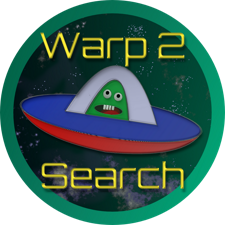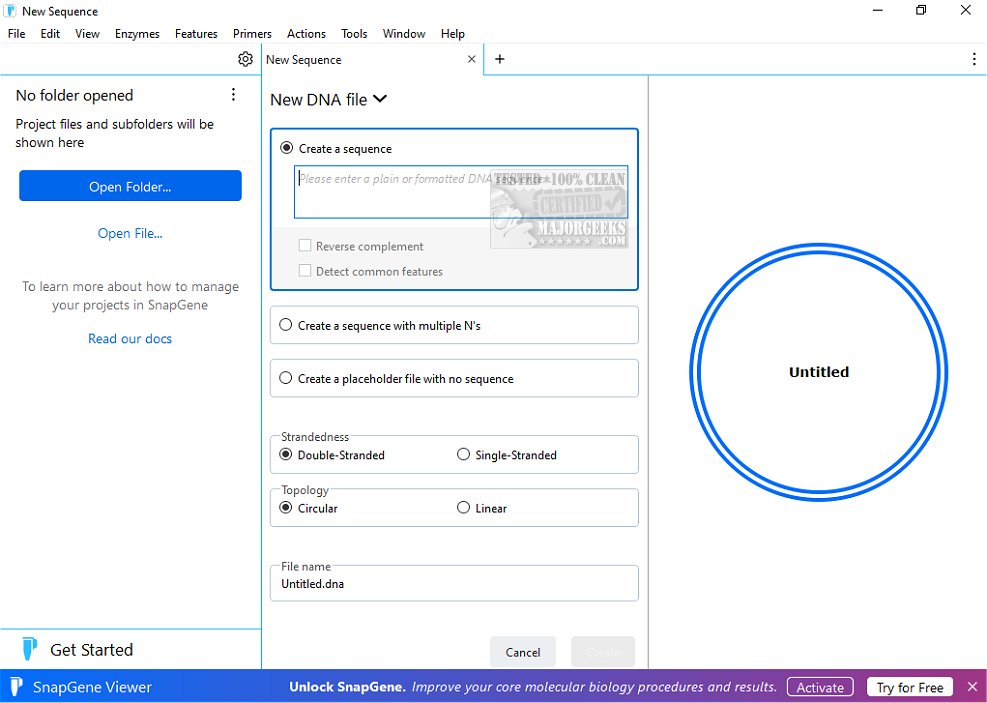SnapGene Viewer 8.2.1 has been released, providing molecular biologists with a robust platform for creating, browsing, and sharing detailed DNA sequence files that can be up to 1GB in size. The software supports various methods for generating DNA sequences, including manual entry, importing GenBank records, or opening sequences in multiple standard formats.
Once a sequence is created, users can explore it through customizable views, which include Map, Sequence, Enzymes, Features, Primers, and History. SnapGene Viewer simplifies the search process for specific DNA matches, protein translations, or annotations, enhancing the efficiency of data retrieval. Users can also view and edit DNA sequence traces, automatically annotate common features, or manually add annotations to coding sequences and other elements.
A standout feature of SnapGene Viewer is its capability to design and annotate primers for PCR, sequencing, or mutagenesis, allowing researchers to tailor primers to their specific experimental needs. The software facilitates the identification of open reading frames (ORFs) with a simple click, streamlining the analysis of DNA sequences and highlighting potential research targets. Furthermore, users can export plasmid maps as images and save annotated sequences in GenBank format, promoting seamless collaboration and data sharing with colleagues or clients through the universally accessible SnapGene format.
In summary, SnapGene Viewer serves as an indispensable tool for those engaged in DNA sequence research. Its comprehensive features and user-friendly interface significantly enhance the processes of creating, analyzing, and annotating DNA sequences, ultimately accelerating research progress and efficiency.
Extension: The recent release of SnapGene Viewer 8.2.1 may also indicate ongoing advancements in bioinformatics tools, reflecting a growing demand for innovative solutions to support molecular biology research. As DNA sequencing technologies continue to evolve, software like SnapGene Viewer is likely to incorporate more sophisticated features, such as integration with next-generation sequencing data and enhanced collaborative tools for remote research teams. Additionally, educational resources and training modules could be developed alongside new software versions to help users fully leverage the capabilities of SnapGene Viewer, fostering a more knowledgeable and skilled community of molecular biologists
Once a sequence is created, users can explore it through customizable views, which include Map, Sequence, Enzymes, Features, Primers, and History. SnapGene Viewer simplifies the search process for specific DNA matches, protein translations, or annotations, enhancing the efficiency of data retrieval. Users can also view and edit DNA sequence traces, automatically annotate common features, or manually add annotations to coding sequences and other elements.
A standout feature of SnapGene Viewer is its capability to design and annotate primers for PCR, sequencing, or mutagenesis, allowing researchers to tailor primers to their specific experimental needs. The software facilitates the identification of open reading frames (ORFs) with a simple click, streamlining the analysis of DNA sequences and highlighting potential research targets. Furthermore, users can export plasmid maps as images and save annotated sequences in GenBank format, promoting seamless collaboration and data sharing with colleagues or clients through the universally accessible SnapGene format.
In summary, SnapGene Viewer serves as an indispensable tool for those engaged in DNA sequence research. Its comprehensive features and user-friendly interface significantly enhance the processes of creating, analyzing, and annotating DNA sequences, ultimately accelerating research progress and efficiency.
Extension: The recent release of SnapGene Viewer 8.2.1 may also indicate ongoing advancements in bioinformatics tools, reflecting a growing demand for innovative solutions to support molecular biology research. As DNA sequencing technologies continue to evolve, software like SnapGene Viewer is likely to incorporate more sophisticated features, such as integration with next-generation sequencing data and enhanced collaborative tools for remote research teams. Additionally, educational resources and training modules could be developed alongside new software versions to help users fully leverage the capabilities of SnapGene Viewer, fostering a more knowledgeable and skilled community of molecular biologists
SnapGene Viewer 8.2.1 released
SnapGene Viewer allows molecular biologists to create, browse, and share richly annotated DNA sequence files up to 1GB in length.


